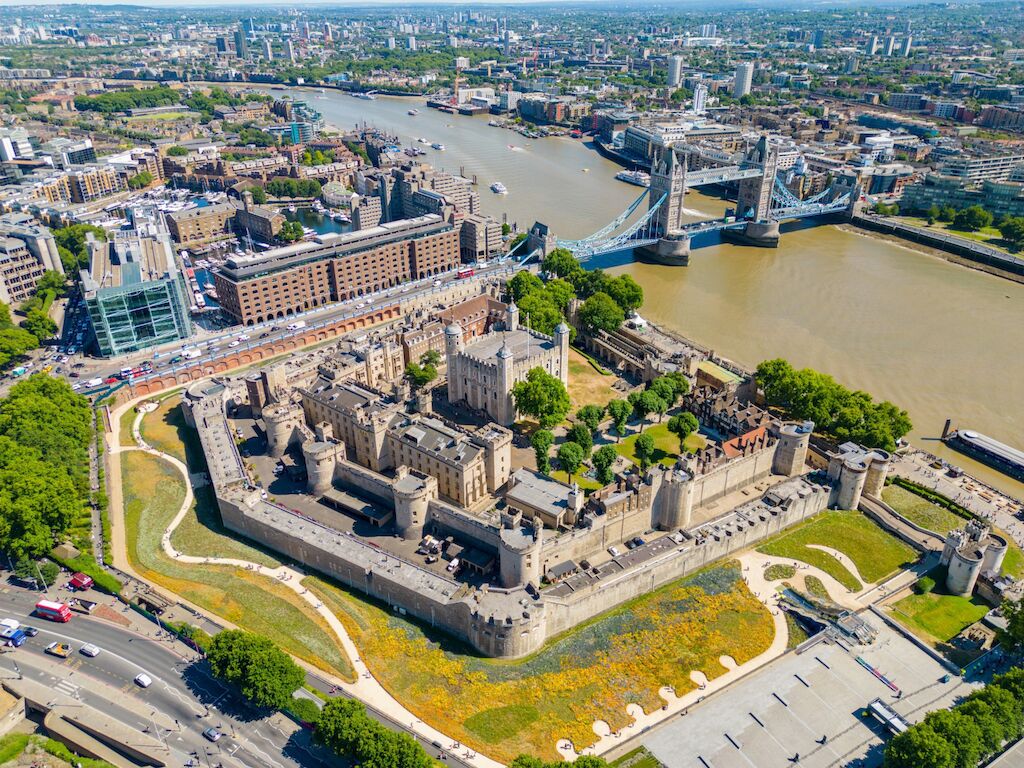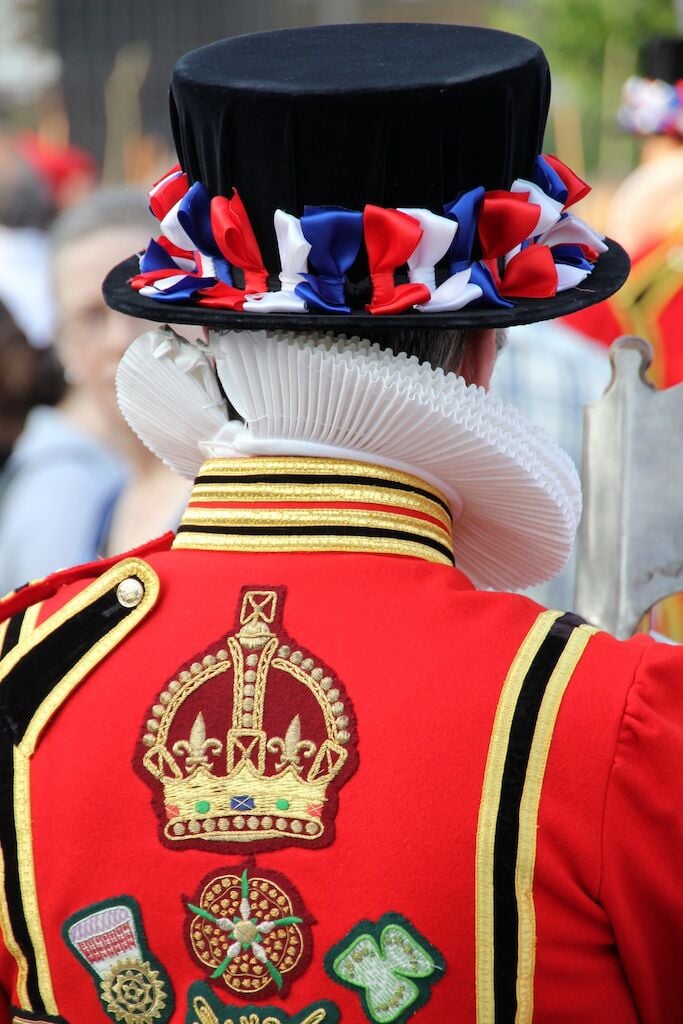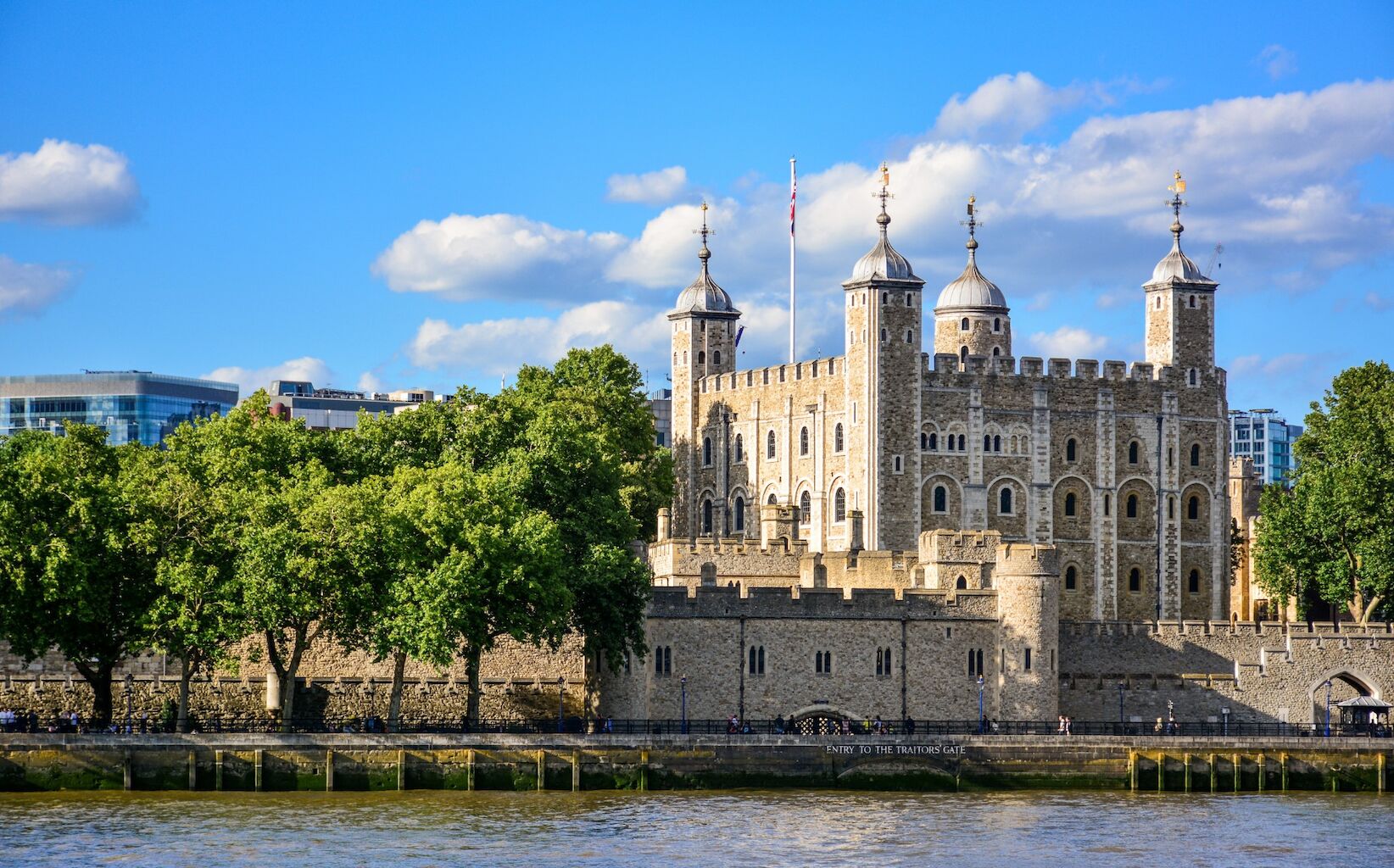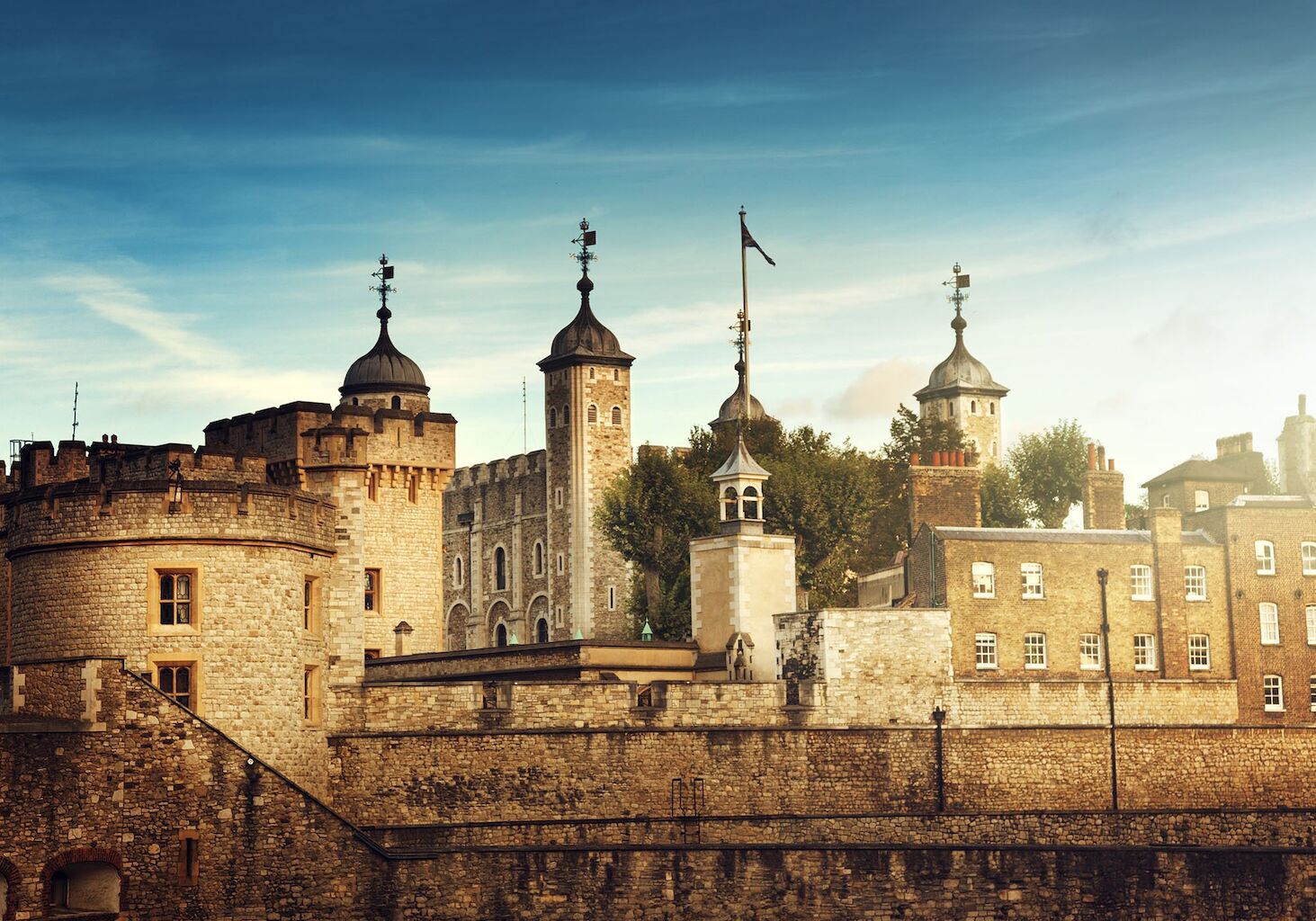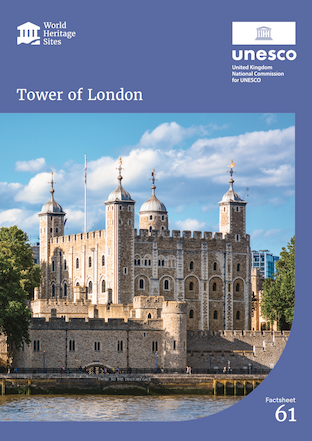Tower of London
Built to protect the gateway to London and declare Norman supremacy over a defeated population, the Tower of London is a symbol of royal power, fear, and a reminder of the last time England was successfully invaded and defeated. One of England’s most iconic structures and the best example of an 11th-century fortress palace remaining in Europe, the Tower has been the stage for the many of the key historical events in Europe’s history, including the execution of three English queens.
What makes this UNESCO Designation special?
When William the Conqueror built a mighty stone tower at the centre of his London fortress in the 1070s, defeated Londoners must have looked on in awe. Now nearly 1000 years later, the Tower still has the capacity to fascinate and horrify.
As the most secure castle in the land, the Tower guarded royal possessions and even the royal family in times of war and rebellion. But for 500 years monarchs also used the Tower as a surprisingly luxurious palace. Throughout history, the Tower has also been a visible symbol of fear. Kings and queens imprisoned their rivals and enemies within its walls. The stories of prisoners, rich and poor, still haunt the Tower.
As protector of the Crown Jewels, home of the Yeomen Warders and its legendary guardians, the pampered ravens, the Tower now attracts over three million visitors a year. Here, the Ceremony of the Keys and other traditions live on, as do the ghost stories and terrible tales of torture and execution.

